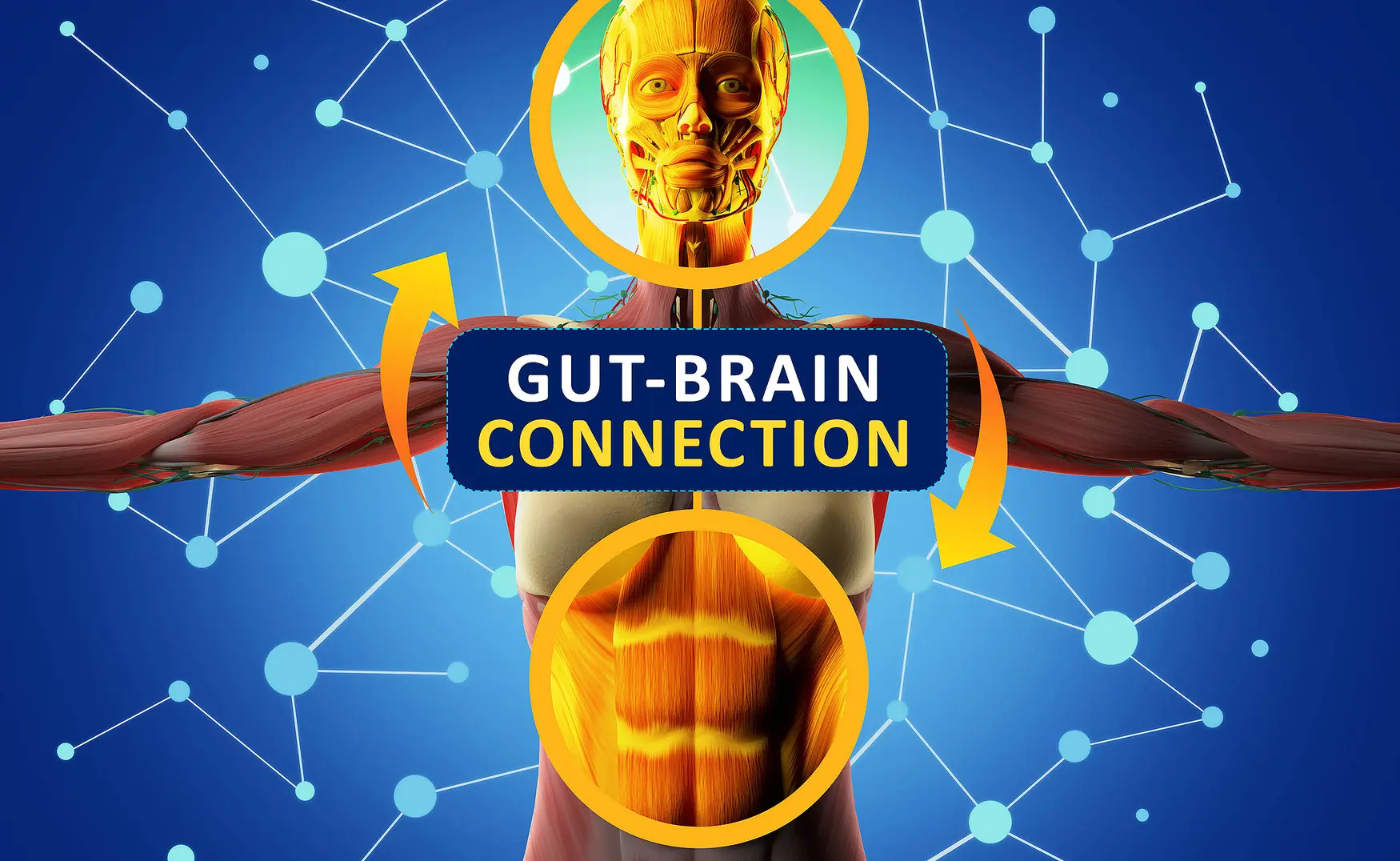T4K3.news
Brain wide neural activity map reshapes understanding of decision making in mice
A cross lab data release maps neural activity across hundreds of brain regions in mice to study how perception, expectations and actions drive decisions.
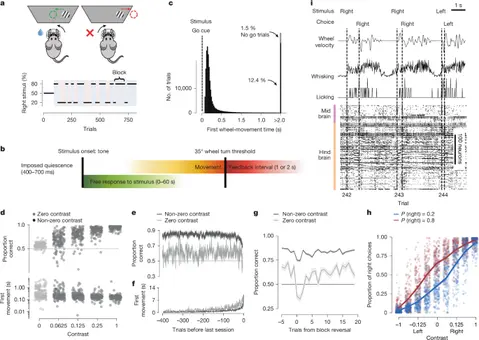
A cross lab data release uses Neuropixels to map activity across hundreds of brain regions in mice during a decision task to explore how perception, expectation and action drive choices.
Brain wide neural activity map reshapes understanding of decision making in mice
The International Brain Laboratory released a large, cross lab data set that tracks neural activity from 139 adult mice across 12 laboratories. The dataset includes 621,733 neurons, 699 probe insertions and recordings from 279 brain areas in the left forebrain and midbrain and the right hindbrain and cerebellum. Mice performed a standardized perceptual decision task that combines sensory input, motor actions and cognitive expectations, with visual stimuli, wheel movements and reward feedback. The work aims to provide a common reference for how distributed brain activity encodes task variables across multiple labs and animals.
The report details a rigorous pipeline: standardized rigs and procedures, careful animal care approvals, spike sorting with a modified Kilosort 2.5, and multiple quality controls to ensure well-isolated neurons. Researchers performed decoding analyses, single-neuron sensitivity tests, population trajectory comparisons, and Granger causality across region pairs. They also applied robust null models to test significance and combined results across sessions and regions with multiple testing corrections. The release highlights widespread, task-related activity and confirms that sensory representations can seed broad, distributed responses related to choices and rewards.
Ethical approvals from several institutions accompany the methods, and the data are publicly accessible to the scientific community. The authors emphasize reproducibility by showing that each insertion was replicated across laboratories and that many analyses rely on cross-validated decoding and permutation-based significance testing. This effort represents a major step toward a shared neural atlas that researchers can reuse to study how computations unfold across the brain during decision making.
Key Takeaways
"The dataset turns neural maps from a lab secret to a shared atlas"
highlights the open data aspect
"Open science makes the brain less mysterious and more approachable"
editorial closing thought
"Reproducible cross lab methods are essential for understanding how the brain works"
tool for future research
"The atlas invites new questions more than it provides simple answers"
reflective note on scientific progress
This data-rich approach tackles a long standing problem in neuroscience: how to compare signals across laboratories when every lab has its own quirks. By pooling data from many labs and standardizing the task, the study makes it possible to compare regional engagement and timing patterns at scale. The result is a view of the brain as a network where visual processing can trigger broad motor and reward related activity far beyond traditional sensory areas. Yet there are caveats. The findings rely on correlations and decoding performance rather than causal manipulation. Even with strong null models, disentangling cause from correlation in distributed circuits remains difficult. The work also raises questions about how far, and how quickly, such large scale datasets can generalize to other tasks or species. Still, the dataset lowers barriers to replication and invites new hypotheses from researchers who can reanalyze data with different models and metrics.
In the longer term, the dataset could shift how we think about brain mapping. It supports a move away from single region stories toward a systems view where timing, context and learning shape how information propagates through the brain. If used thoughtfully, it may accelerate the discovery of general principles of neural computation and decision making.
Highlights
- This data release turns neural maps from lab secrets into a shared atlas
- Open science makes the brain less mysterious and more approachable
- Reproducible cross lab methods are essential for understanding how the brain works
- The atlas invites new questions more than it provides simple answers
The atlas is only a beginning; it invites ongoing testing and new questions as researchers explore the data.
Enjoyed this? Let your friends know!
Related News
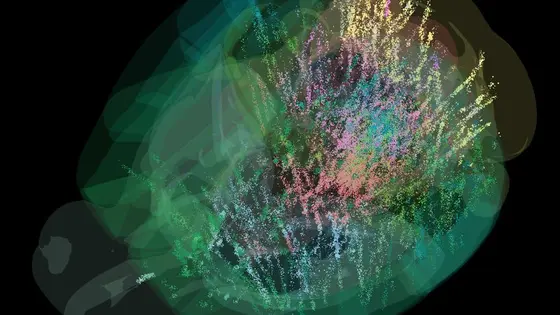
Brain map reveals full brain activity in decision making

Mouse brain map reveals visceromotor hub
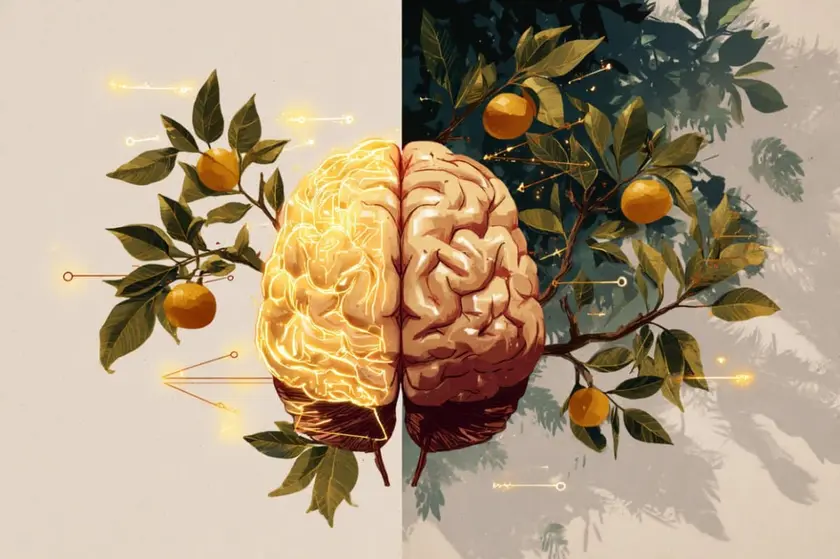
New Study Uncovers Brain Mechanisms Behind Reward Processing
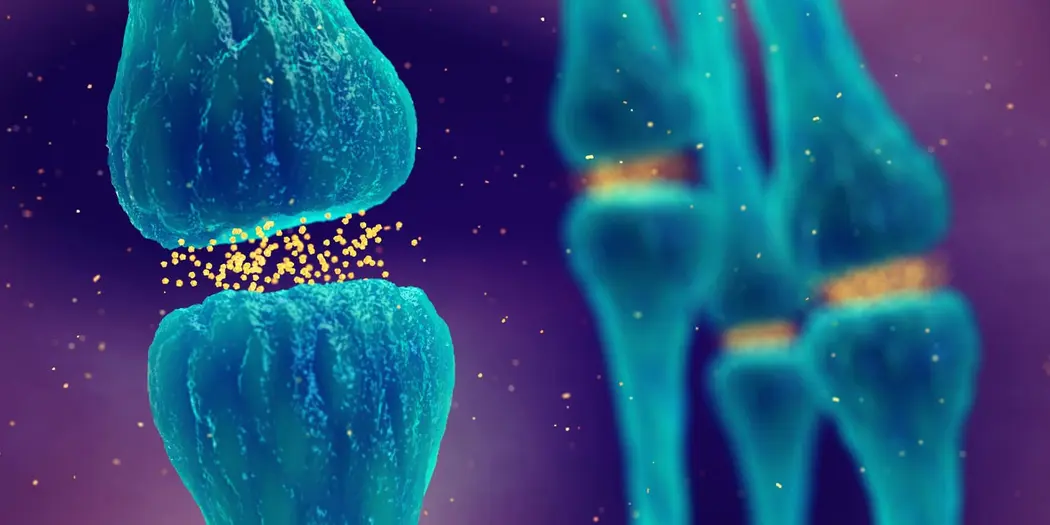
Study reveals striatum as key area for dopamine in the brain

ADHD studies show wide impact
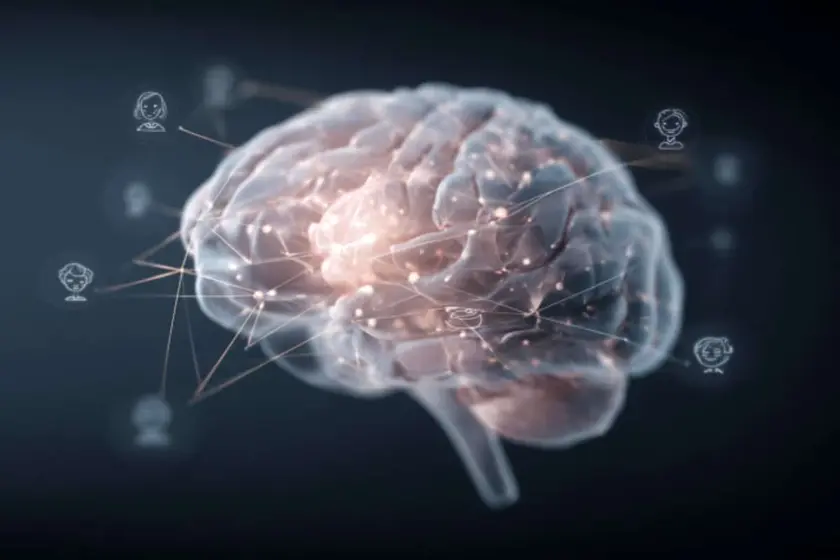
New study highlights brain's role in social emotions
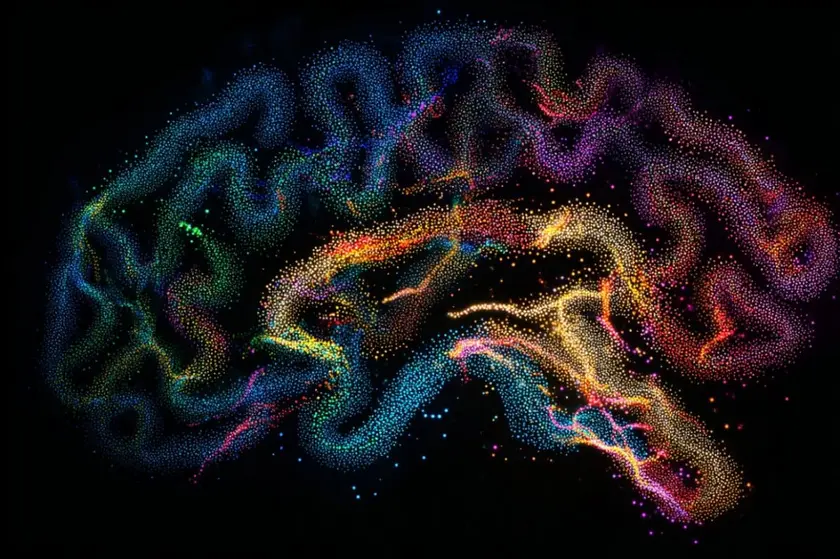
Study finds brain rewrites emotional maps of familiar spaces

Psychedelics map reveals broad brain targets
